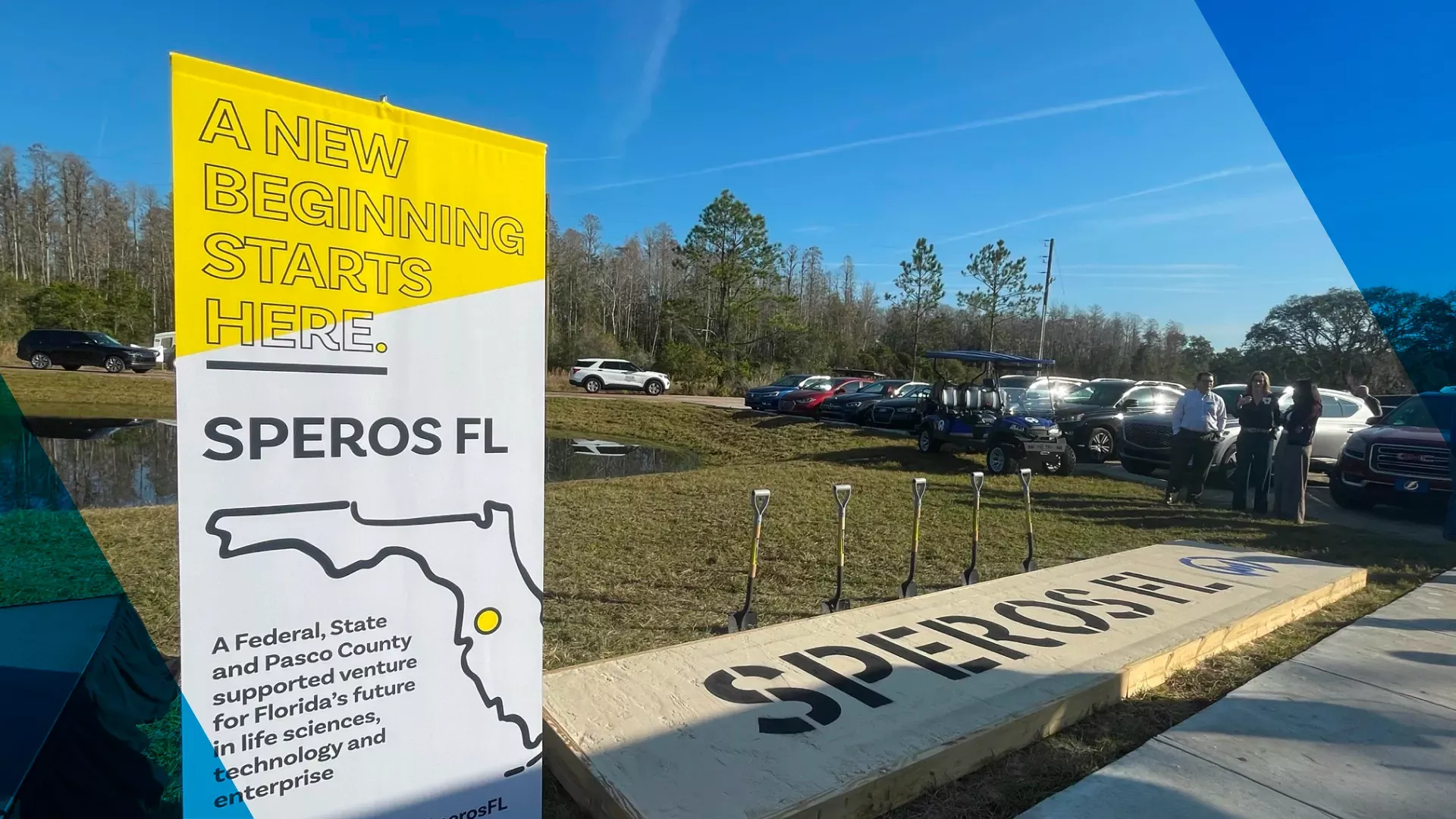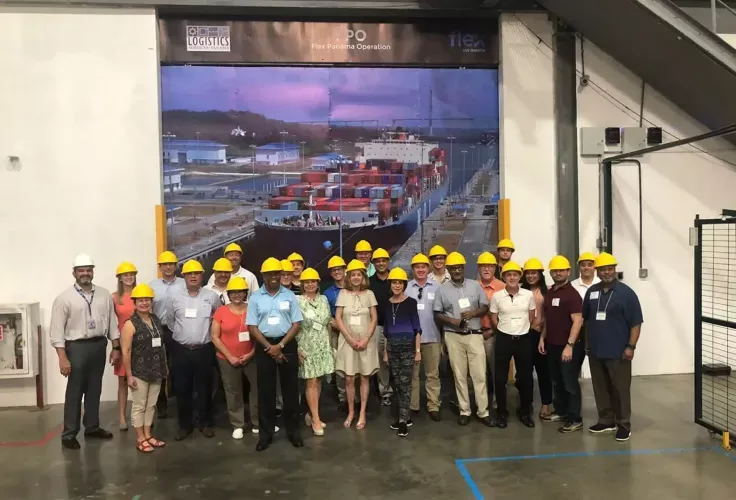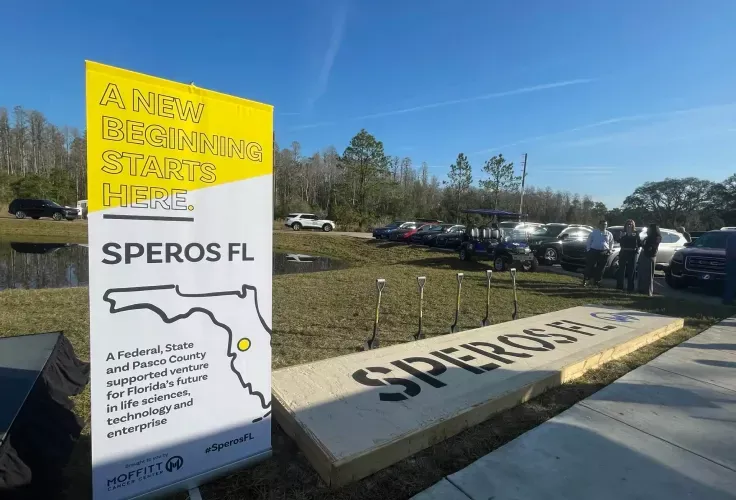Investment Incentives
Chief Executive Magazine
State Incentives
Capital Investment Tax Credit
The Capital Investment Tax Credit is an annual credit, provided for up to twenty years, against the corporate income tax. The amount of the annual credit is based on the eligible capital costs associated with a qualifying project. Eligible capital costs include all expenses incurred in the acquisition, construction, installation, and equipping of a project from the beginning of construction to the commencement of operations.
The amount of the annual credit is up to five percent of the eligible capital costs generated by a qualifying project, for up to 20 years. The annual credit may not exceed a specified percentage of the annual corporate income tax liability generated by the project. If the credit is not fully used because of insufficient tax liability, the unused amounts may be used in any one year or years beginning with the 21st year and ending with the 30th year after the commencement of operations.
The CITC credits are:
- One hundred percent, for a project with a cumulative capital investment of at least $100 million
- Seventy-five percent, for a project with a cumulative capital investment of at least $50 million but less than $100 million
- Fifty percent, for a project with a cumulative capital investment of at least $25 million but less than $50 million.
High Impact Business Performance Incentive Grant
The High Impact Business Performance Incentive Grant is a negotiated incentive used to attract and grow major high impact facilities in Florida. Grants are provided to pre-approved applicants in certain high-impact sectors as designated by the Department of Economic Opportunity (DEO). Once recommended by Enterprise Florida, Inc. (EFI) and approved by DEO, the high impact business is awarded 50 percent of the eligible grant upon commencement of operations and the balance of the awarded grant once full employment and capital investment goals are met.
Eligible applicants will:
- Operate within designated high impact portions of the following sectors: Clean Energy, Corporate Headquarters, Financial Services, Life Sciences, Information Technology, Advanced Manufacturing, Transportation Equipment Manufacturing, and Semiconductors
- Create at least 50 new full-time equivalent jobs in Florida in a designated high impact sector in a 3-year period; or if a research and development facility, create at least 25 new full-time equivalent jobs in a 3-year period
- Make a cumulative investment in the state of at least $50 million in a 3-year period, or if a research and development facility, make a cumulative investment of at least $25 million in a 3-year period.
Quick Response Training Program (QRT)
A Workforce Training Incentive, the Quick Response Training Program (QRT) is an employer-driven training program designed to assist new value-added businesses and provide existing Florida businesses the necessary training for expansion. Whether it is a community college, area technical center, school district, or university, a state educational facility is available to assist with the application and program development or delivery.
Local Incentives
In addition to being cost friendly, our community offers an assortment of targeted, performance-based financial incentives to help lower the barriers to market entry and mitigate the cost of relocation.
Export Working Capital Program
SBA’s Role in Export Financing
Most banks in the U.S. do not provide working capital advances on export orders, export receivables or letters of credit. Because of that, some small businesses may lack necessary export working capital to support their export sales. That is where an SBA program can make the difference. SBA provides lenders with up to a 90% guaranty on export loans as a credit enhancement, so that the lenders will make the necessary export working capital available.
The SBA delivers its export loan program through a network of SBA Senior International Credit Officers located in U.S. Export Assistance Centers throughout the country. These specialists understand trade finance and are available to explain SBA’s export lending programs, the application process and forms and to guide exporters in selecting appropriate payment methods. They can also link companies to specialists for increasing export sales and managing foreign payment risk. Exporters can apply for EWCP loans in advance of finalizing an export sale or contract. With an approved EWCP loan in place, exporters have greater flexibility in negotiating export payment terms—secure in the assurance that adequate financing will be in place when the export order is won.
Benefits of the EWCP
- Financing for suppliers, inventory or production of export goods
- Export working capital during long payment cycles Financing for stand-by letters of credit used as bid or performance bonds or down payment guarantees
- Reserves domestic working capital for the company’s sales within the US
- Permits increased global competitiveness by allowing the exporter to extend more liberal sales terms
- Increases sales prospects in under-developed markets which have high capital costs for importers
- Contributes to the growth of export sales
- Low fees and quick processing times
International Trade Loan
The ITL is designed to help small businesses enter and expand into international markets and, when adversely affected by import competition, make the investments necessary to better compete. The ITL offers a combination of fixed asset, working capital financing, and debt refinancing with the SBA’s maximum guaranty—90 percent—on the total loan amount.
Maximum Loan Amount
- $5,000,000 in total financing.
Guarantee Coverage
- The SBA can guaranty up to 90 percent of an ITL up to a maximum of $4.5 million, less the amount of the guaranteed portion of other SBA loans outstanding to the borrower. The maximum guaranty for any working capital component of an ITL is $4 million. Additionally, any other working capital SBA loans the borrower has are counted against the $4 million guaranty limit.
Loan Term
- Maturities on the working capital portion of the ITL are typically limited to ten years.
- Maturities of up to 10 years on equipment unless the useful life exceeds 10 years.
- Maturities of up to 25 years are available for real estate.
- Loans with mixed-use of the fixed assets and working capital financing will have a blended-average maturity.






